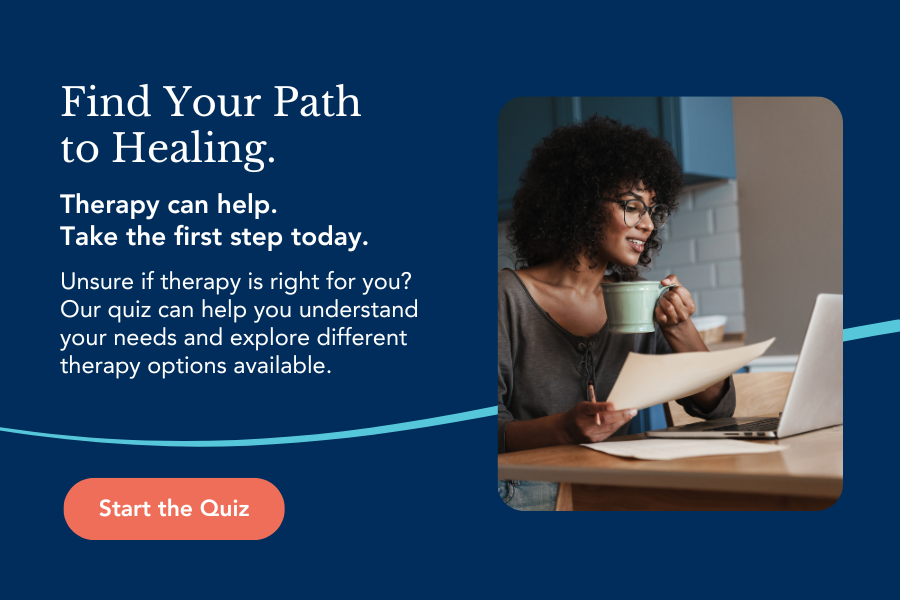Social Media and Teens: More Harm Than Good?
Jon Kirby, MA, LMFT, an outpatient therapist, was the Nystrom & Associates provider consulted for this article on social media and teens.
Recently, the US Surgeon General Dr. Vivek Murthy called to put a tobacco-style warning on social media platforms, stating that it’s a contributing factor to the mental health crisis among young people.
And while there are benefits to social media, there’s also growing evidence that it contributes to a wide array of mental health issues in children and teens.
In this article, we’ll discuss social media’s effect on teens and their mental health and how parents can help their child have a healthy relationship with social media.
Related: 4 Ways to Support Children’s Mental Health this School Year
How Social Media Harms Teens Mental Health
In his 15+ years of working with children and teens in therapy, Jon Kirby has seen both the rise of social media among his patients and its effect on them. In this time, his patients and their parents bring up some of the same concerns brought on by children on social media:
- Fear of missing out (FOMO) - the anxiety and fear that a child’s peers are doing things and having fun without them, and they’re missing out on it.
- Eating disorders. Like the report from the surgeon general, Kirby has noticed an increase in body image disturbances and negative eating behaviors.
- Loneliness. He’s found more students are facing isolation as in-person time migrates to time online.
- Anxiety from exposure to extreme or outrage-based content. Kirby says that because all social media platforms need to keep our attention, they’re more likely to show us content that’s extreme. Exposure to this kind of content keeps kids engaged but at a heavy price: anxiety.
And while this list can sound scary, not all teens are at the same risk. Next, let’s review which children and teens are most likely to experience the harmful effects of social media.
Related: Why Mental Health Should Be Taught in School
Which Teens are at the Highest Risk?
While most teens experience the adverse effects of social media, Kirby says that social media can impact some teens more than others. He says that the degree of harm they'll face depends on two main things: 1) the amount of in-person social support and 2) the stage of identity development that they're in.
"Teens who have less in-person social support (whether from peers or parents) are more likely to be impacted by what happens on social media because they don't have the support outside of those platforms to process what happens."
- Jon Kirby, MA, LMFT
If they experience graphic content or cyberbullying online and don't have someone in real life to talk to about their experience, they're going to feel more isolated and anxious.
He also notes that social media will affect teens in different ways at every stage of development. He says that there's a significant difference between a mature, established teen identity and someone who's young and still trying to figure it out.
"An 18-year-old senior is more likely to be further along in their development and for those reasons be less impacted by what happens online, whereas an eighth grader who's at the early stages of identity development is much more vulnerable to what happens online because they're still learning about who they are and how they fit into the world around them."
- Jon Kirby, MA, LMFT
However, even if someone has an excellent in-person social support network and they're further along in their identity development, they're still not immune to the harmful effects of social media.
So, how can parents negate these harmful effects?
How to Help Your Teen Have a Healthier Relationship with Social Media
Kirby believes there are three main ways we can start to help children and ourselves have a healthier relationship with social media:
- Prioritize being in person with friends and loved ones.
- Enforce restrictions on social media use – and stick to them!
- Address the reasons for excessive social media use.
Let’s dive into these three recommendations.
First, prioritizing in-person gatherings with friends and loved ones is essential. As we stated earlier, the teens who face the worst of social media’s harmful effects are those who don’t have the in-person social support they need.
Second, it’s important to make sure you communicate restrictions on social media use and stick with them. Whether that means no phones at the dinner table, screen time limits, or restricting specific social media platforms, it’s helpful to have a conversation with your teen about setting these limits. Another way to do this is to try to keep your child off social media until they have the proper education and emotional intelligence to manage the content they’ll be seeing.
Kirby compares this with driving. “We let 16-year-olds drive cars - but they have a year of training. There is no set age that is too young for someone to not have social media.”
Just as we’re aware of the dangers of driving without the proper education and maturity, it’s important to recognize the need for these before a teen gets on social media.
And third, try to address the reasons for excessive social media use. Teens may be using social media to cope with anxiety, loneliness, FOMO, and boredom. Finding a therapist who can help them cope with these triggers in a healthy way can be very helpful for limiting their social media use and reducing its negative effects on them.
Related: Social Media and Mental Health: What’s the Impact?
A Word from Nystrom & Associates
Hearing about all the dangers of social media for teens can feel discouraging, but we believe profound change is possible. You and your child don’t have to work through this alone.
Please reach out if you need help. You can contact us at 1-844-NYSTROM or request an appointment online. We’ll help you and your child find a therapist who specializes in adolescent and teen issues.







